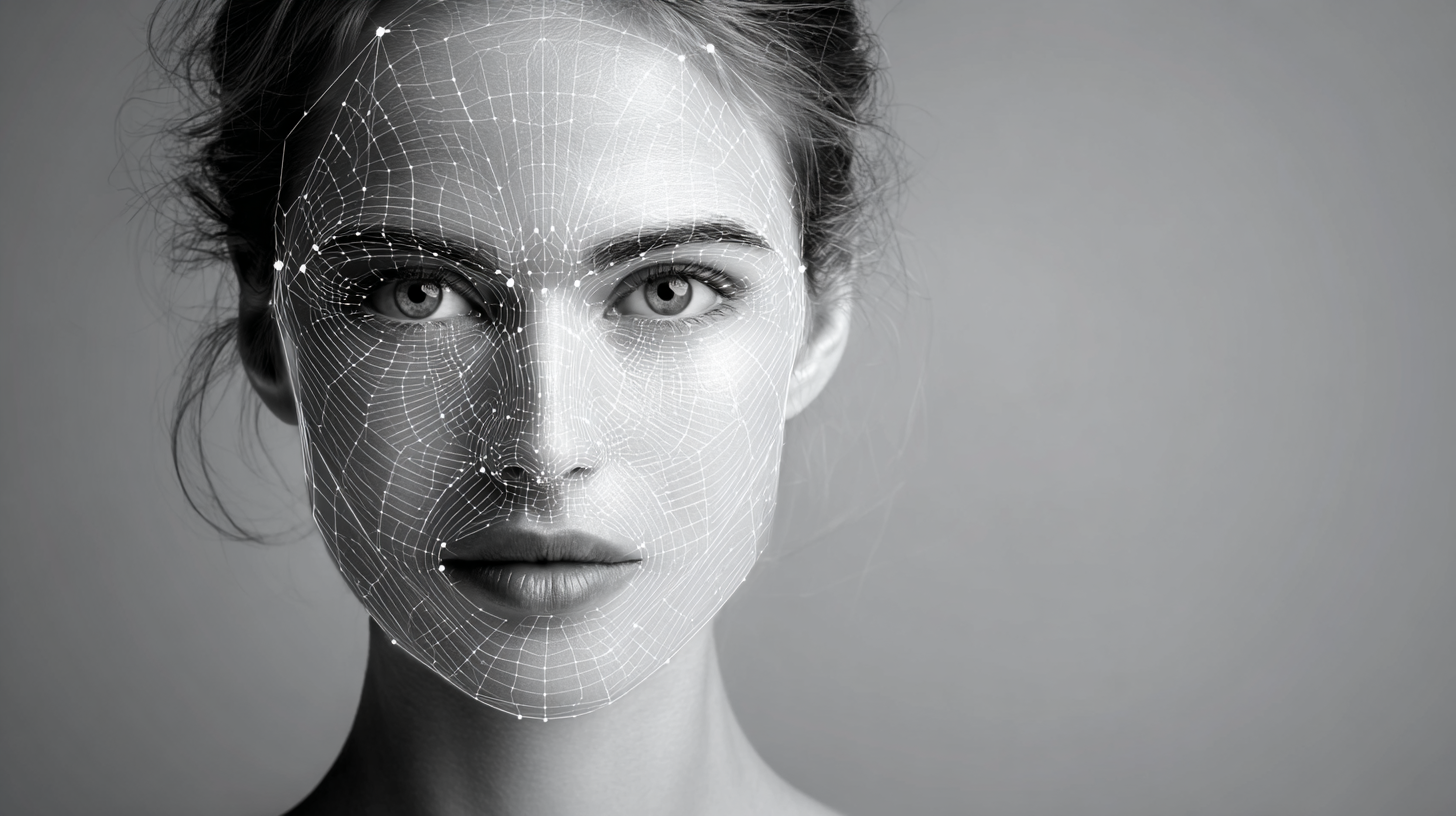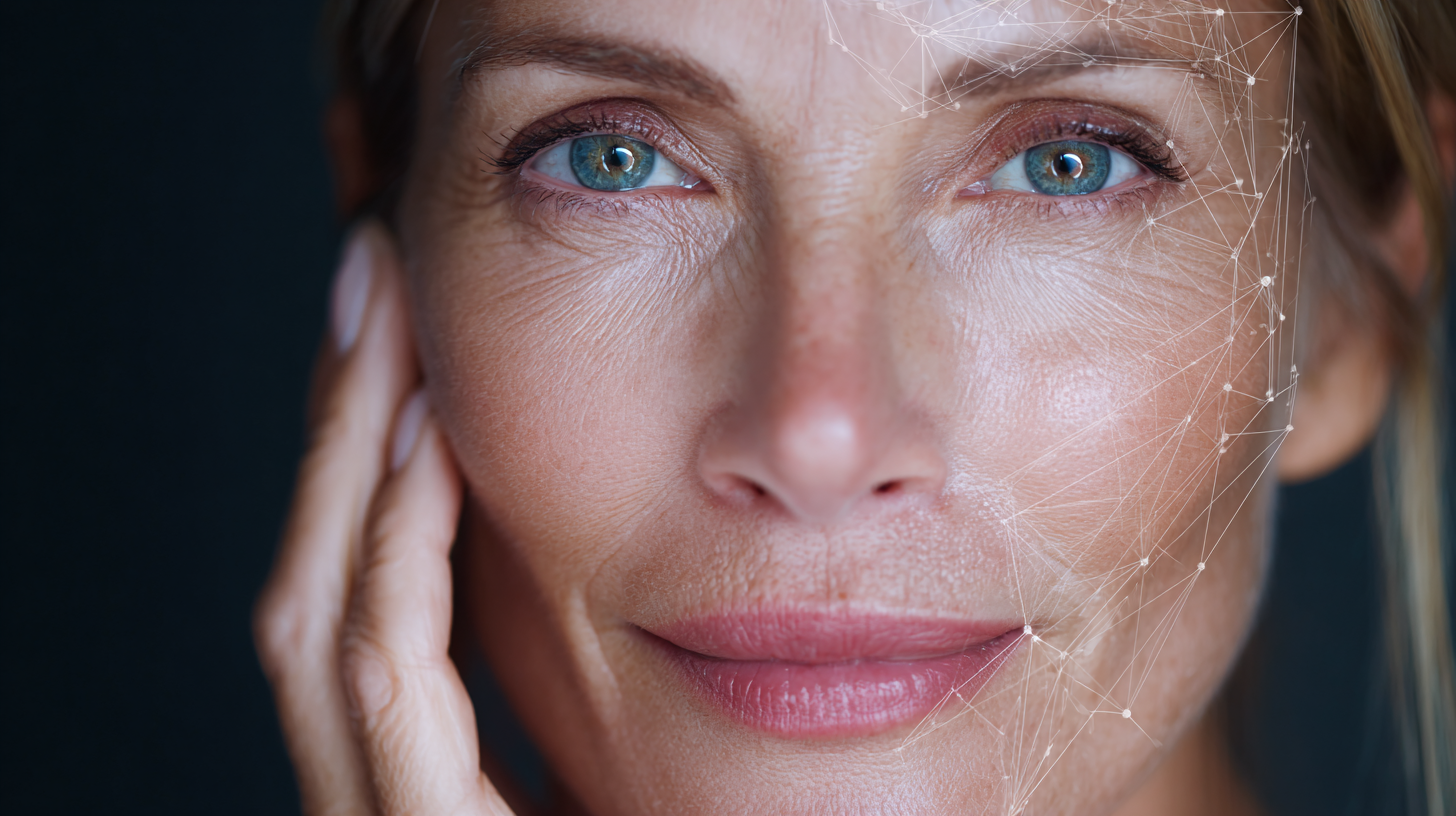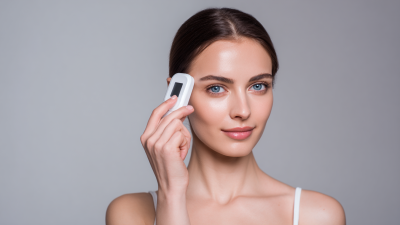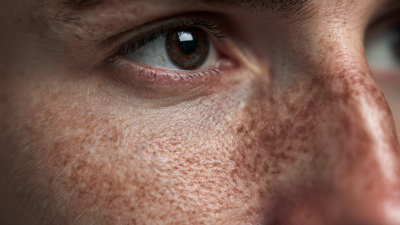5 Essential Tips to Maximize ROI with Face Analyzers in Skincare Market Growth
Table of Contents
- Identifying Key Metrics for ROI Measurement in Face Analyzers
- Understanding Consumer Needs through Facial Analysis Data
- Implementing Face Analyzers Seamlessly into Skincare Routines
- Enhancing Product Recommendations Using Facial Insights
- Leveraging Marketing Strategies for Promoting Face Analysis Benefits
- FAQS
- Conclusion
- Related Posts
In the rapidly evolving skincare market, leveraging innovative technology is paramount to achieving exceptional results and maximizing return on investment (ROI). One such technology that has garnered attention is the Face Analyzer, a sophisticated tool designed to assess and analyze skin conditions with remarkable accuracy.

At Shanghai May Skin Information Technology Co., Ltd., a leading beauty equipment manufacturer and software service provider, we specialize in the development and production of advanced devices, including skin and body analyzers, as well as beauty equipment. Our commitment to research and development, combined with our extensive experience in OEM and ODM services, enables us to empower skincare professionals to harness the full potential of Face Analyzers.
In this blog, we will explore five essential tips to effectively utilize Face Analyzers in your business strategy, ensuring that you not only enhance client satisfaction but also drive significant growth in the skincare market.
Identifying Key Metrics for ROI Measurement in Face Analyzers
In the rapidly evolving skincare market, incorporating face analyzers can significantly enhance ROI when businesses focus on measuring the right metrics. Identifying key performance indicators (KPIs) such as customer acquisition cost, conversion rates, and customer lifetime value is crucial. By tracking these metrics, companies can determine the effectiveness of face analyzers in enhancing customer engagement and satisfaction. This data-driven approach allows for targeted marketing efforts, enabling brands to foster loyalty and improve client retention.

Moreover, integrating qualitative feedback alongside quantitative metrics can provide a more comprehensive view of ROI. Gathering insights on customer experiences with face analyzers helps refine product offerings and tailor marketing strategies. Analyzing user satisfaction ratings and review patterns not only aids in product development but also helps establish a stronger brand reputation. By leveraging these key metrics, skincare businesses can make informed decisions that drive growth and maximize their investments in innovative technologies, ensuring they stay competitive in a dynamic market landscape.
Understanding Consumer Needs through Facial Analysis Data
In the rapidly evolving skincare market, understanding consumer needs has become crucial for brands aiming to maximize their return on investment (ROI) with face analyzers. Facial analysis data provides valuable insights into skin conditions, concerns, and preferences, allowing companies to tailor their products and marketing strategies effectively. By leveraging this information, brands can create targeted skincare solutions that resonate with consumers, enhancing customer satisfaction and loyalty.
As the global market for facial recognition technology grows—projected to reach $60.2 billion by 2030—the importance of emotional recognition and analysis should not be overlooked. The emotional state of consumers can significantly influence their purchasing decisions in the skincare sector. By effectively integrating emotional recognition into face analysis, brands can better align their offerings with the emotional triggers that drive consumer choices. This not only helps in developing products that meet consumer needs but also aids in crafting personalized marketing campaigns that elevate brand engagement and ultimately contribute to sustained market growth.

Implementing Face Analyzers Seamlessly into Skincare Routines
In the ever-evolving skincare market, integrating face analyzers into daily routines is a game-changer for both consumers and brands. With the rise of beauty tech, face analyzers are not just high-tech gadgets; they are essential tools that deliver personalized skincare solutions. By utilizing AI skin type tests via camera technology, these analyzers can provide insights tailored specifically to individual skin conditions, preferences, and goals. This level of personalization significantly enhances the customer experience, allowing for more effective and targeted skincare products.
Furthermore, the seamless implementation of face analyzers into skincare regimens can directly enhance brand engagement. Customers can receive real-time feedback and recommendations, fostering a deeper connection between the consumer and the brand. This innovative approach not only drives sales but also builds loyalty, as consumers feel more confident in their skincare choices. As beauty tech continues to revolutionize the industry, embracing these advanced tools will be crucial for brands aiming to maximize their return on investment and stay ahead in a competitive landscape.
5 Essential Tips to Maximize ROI with Face Analyzers in Skincare Market Growth
| Tip | Description | Expected ROI Impact (%) | Implementation Difficulty (1-5) |
|---|---|---|---|
| Integrate with Marketing Strategies | Utilize face analyzer data to tailor marketing campaigns and target demographics effectively. | 20% | 3 |
| Enhance Customer Personalization | Provide personalized skincare recommendations based on individual facial analysis results. | 30% | 2 |
| Educate Customers | Offer information on how face analyzers work and the benefits of using such technology. | 15% | 4 |
| Utilize User-Generated Content | Encourage users to share their experiences and results with face analyzers on social media. | 25% | 3 |
| Leverage Data for Product Development | Use insights from face analysis to develop or enhance skincare products. | 35% | 5 |
Enhancing Product Recommendations Using Facial Insights
Leveraging facial insights has become a game changer in the skincare market, allowing brands to deliver personalized product recommendations that truly resonate with consumers. By utilizing face analyzers, companies can gather critical data about a user's skin type, condition, and needs, making it easier to suggest products that meet individual requirements. This level of customization enhances the customer experience and fosters brand loyalty, as users are more likely to trust recommendations tailored to their unique visage.
Moreover, integrating facial analysis technology into marketing strategies can yield significant returns on investment (ROI). Brands that adopt these tools can effectively streamline their product offerings, reducing wasted inventory on items that don't align with consumer needs. Instead, by focusing on curated recommendations, companies can capitalize on higher conversion rates and increased customer satisfaction. As the skincare industry continues to grow, embracing facial insights as part of the customer journey will not only maximize ROI but also position brands at the forefront of innovation in beauty and skincare.
Maximizing ROI in Skincare with Face Analyzers
This chart illustrates the potential return on investment (ROI) based on the implementation of facial analysis technology in the skincare market. The data reflects customer satisfaction and retention rates over a 12-month period across different product categories.
Leveraging Marketing Strategies for Promoting Face Analysis Benefits
As skincare technology evolves, leveraging marketing strategies to promote the benefits of face analysis can significantly enhance customer engagement and boost return on investment (ROI). According to a recent report by Grand View Research, the global skincare market is projected to reach $189.3 billion by 2025, driven in part by innovative technologies like face analyzers. By highlighting the personalized recommendations derived from these tools, brands can attract more customers seeking tailored skincare solutions.
To effectively market face analysis services, brands should focus on educational content that illustrates how these technologies assess skin conditions and recommend products accordingly. A study by MarketsandMarkets reveals that personalized skincare is becoming a key trend, with 54% of consumers expressing interest in tailored products. Utilizing social media platforms and influencer partnerships can amplify these messages, creating a relatable narrative around the benefits of face analysis—transforming complex data into accessible insights for the average consumer.
Furthermore, targeted email marketing campaigns featuring customer testimonials and skin health tips can foster deeper connections, ultimately driving sales and loyalty in a competitive market.
FAQS
: Facial analysis data provides valuable insights into skin conditions, concerns, and preferences, allowing brands to tailor their products and marketing strategies effectively to enhance customer satisfaction and loyalty.
Consumers' emotional states can significantly influence their purchasing decisions in the skincare sector, thus integrating emotional recognition into facial analysis helps brands align their offerings with emotional triggers.
Facial insights enable brands to deliver personalized product recommendations based on critical data about a user's skin type, condition, and needs, thereby enhancing the customer experience and fostering brand loyalty.
Brands can streamline their product offerings, reduce wasted inventory, and focus on curated recommendations, leading to higher conversion rates and increased customer satisfaction.
Brands should focus on educational content that illustrates how face analysis technologies work, utilize social media and influencer partnerships, and implement targeted email marketing campaigns to engage customers.
A growing interest in tailored products has been noted, with 54% of consumers expressing a desire for personalized skincare solutions, driving brands to adopt facial analysis tools.
By featuring customer testimonials and skin health tips in their marketing efforts, brands can foster deeper connections and drive sales and loyalty within a competitive market.
The global skincare market is projected to reach $189.3 billion by 2025, fueled in part by innovative technologies like face analyzers that support personalized skincare solutions.
By utilizing face analyzers, brands can make informed decisions on product offerings, enhancing customer satisfaction and ultimately leading to a higher ROI through increased conversion rates.
Social media and influencer partnerships can amplify marketing messages related to face analysis, making complex data more relatable and accessible for consumers.
Conclusion
In the rapidly evolving skincare market, Face Analyzers play a crucial role in maximizing return on investment (ROI) for businesses. By identifying key metrics for ROI measurement, companies can harness the full potential of facial analysis data to understand consumer needs more effectively. Integrating Face Analyzers into skincare routines enhances the customer experience, allowing for personalized product recommendations based on detailed skin insights.
Moreover, leveraging targeted marketing strategies can effectively promote the benefits of Face Analysis, driving customer engagement and satisfaction. At Shanghai May Skin Information Technology Co., Ltd., we are committed to advancing the beauty equipment sector through our innovative skin analyzers and comprehensive OEM and ODM services. By focusing on these essential tips, businesses can unlock new growth opportunities while meeting consumer demands in the skincare industry.
Related Posts
-

How to Effectively Utilize Screen Digital Skin Detectors for Your Business
-

How to Master Pigmentation Analysis for Optimal Skin Health
-

10 Essential Steps for Using the Dermalogica Face Mapping App to Elevate Your Skincare Business
-

7 Innovative Benefits of Skin Camera Analysis for Skincare Professionals
-

How to Transform Your Skin: Effective Strategies for Managing Uneven Skin Tone
-

The Future of Personalized Skincare Through Advanced Photo Skin Analysis
Blog Tags:










